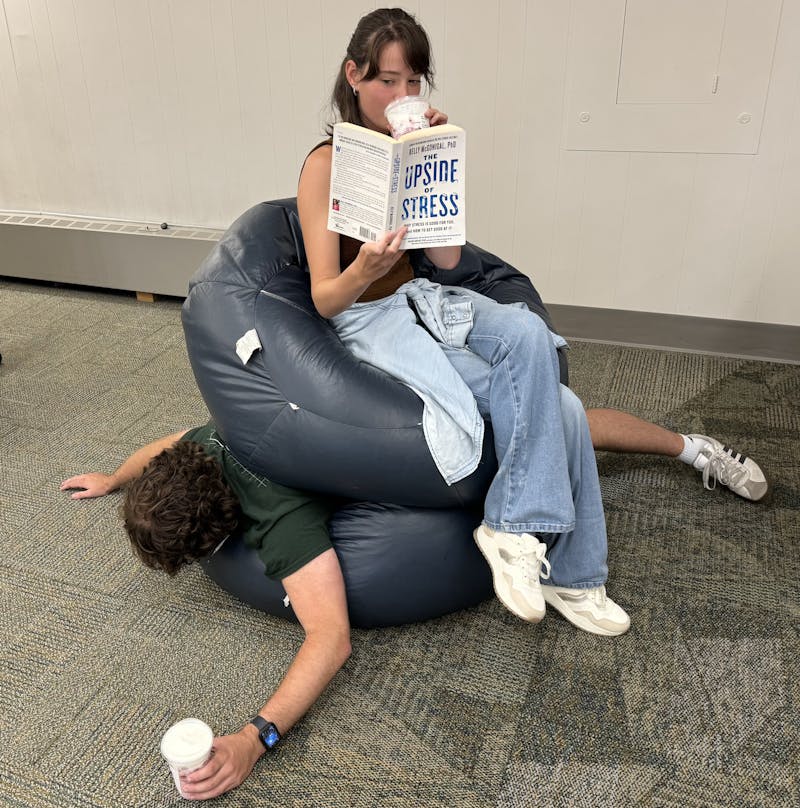It was a 14-hour delivery and the new parents could finally hold their new baby girl, Tori. Tori seemed perfectly healthy, passing all of the initial tests. Her parents could not wait to take her home to meet her big brother, Jack.
They came home from the hospital, got settled in and life was good — at least as good as life with a newborn can be. But after a few days, something seemed off about the newest family member.
She stopped eating, yet threw up. She slept nearly all day, hours more than a normal infant. Her parents knew something was wrong.
They called the doctor, explained what had been happening and took her straight to the emergency room. They admitted Tori immediately. Her little toes turned blue from a lack of oxygen. Her heart had a very musical beat, not the normal thump-thump. The doctors new it was heart-related, but nobody could pinpoint it. All that could be diagnosed was a congenital heart defect (CHD), but nothing specific.
The doctors prepared Tori to fly via Medevac to a children’s hospital with specialists who could accurately diagnose her CHD.
CHDs “refer to a problem with the heart’s structure and function due to abnormal heart development before birth,” according to the University of Maryland Medical Center website.
They are more common than people think, affecting about one in every 100 children worldwide, according to itsmyheart.org. The American Heart Association identifies 17 common CHDs, including the one little Tori has.
Tori made it to the hospital where they diagnosed her with a coarctation of the aorta — “a narrowing of part of the aorta (the major artery leading out of the heart),” according to the National Heart, Lung and Blood Institute’s website. They diagnosed her by doing an echocardiogram. Other diagnostic tests for all CHDs include a chest X-ray, electrocardiogram (EKG or ECG), a physical examination and sometimes a blood test, according to the American Heart Association.
Once Tori had an official diagnosis, the doctors and nurses had her hooked up to IVs in her wrists and ankles. There were more tubes and wires connected to her head and chest along with heart monitors and oxygen monitors. To repair her CHD, Tori needed surgery. Infant surgery is risky, so the doctors made sure to take a picture of Tori for her parents in case she did not make it through the surgery.
Surgery is one way to repair a CHD, but not the only way. Some defects can be repaired less invasively — and are much safer — when a heart catheterization is used and some may not even need repaired.
Although surgery is the most successful and most common way to repair a CHD, it is the most costly. According to itsmyheart.org, nearly $2.2 billion is spent on inpatient surgery for CHDs. The amount of money spent on repairing the defects hardly compares to the pennies spent on research for cures and causes.
The Children’s Heart Foundation claims, “Only one penny of every dollar donated to the American Heart Association goes towards congenital heart defect research” and “Of every dollar the government spends on medical funding, only a fraction of a penny is directed toward congenital heart defect research.”
Despite the seeming lack of funds for CHDs, thousands of children and adults are living normal lives with CHDs thanks to successful surgeries and technological improvements. Most CHD patients have regular check-ups with their cardiologists at least once a year.
Oh, and Tori? She is going to be OK. The surgeons repaired her CHD without any problems. She has to return every six months to one year for a check-up, but other than that, she will live a normal life.
Ever wonder what happens at a cardiac check-up? Check out theslateonline.com this week for an in-depth and first-hand look at what happens during a cardiology appointment.



The Slate welcomes thoughtful discussion on all of our stories, but please keep comments civil and on-topic. Read our full guidelines here.